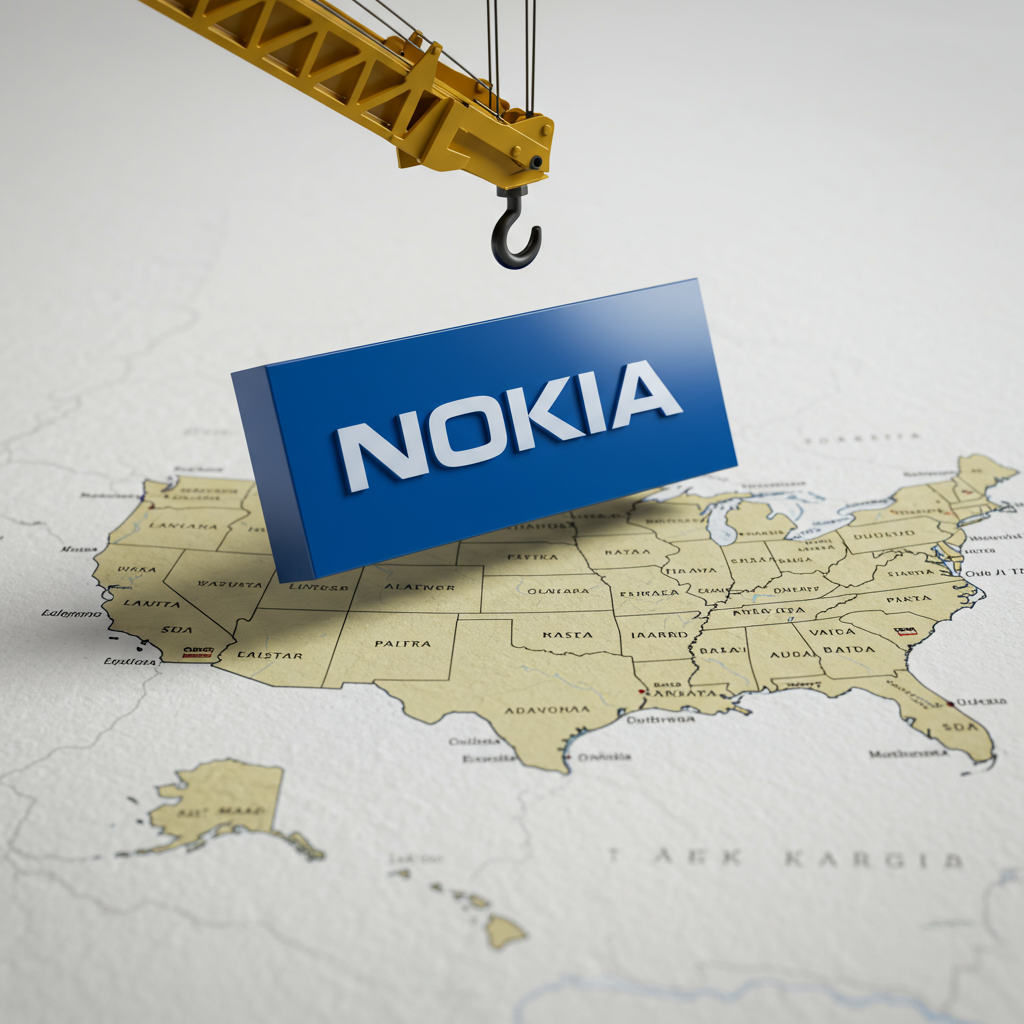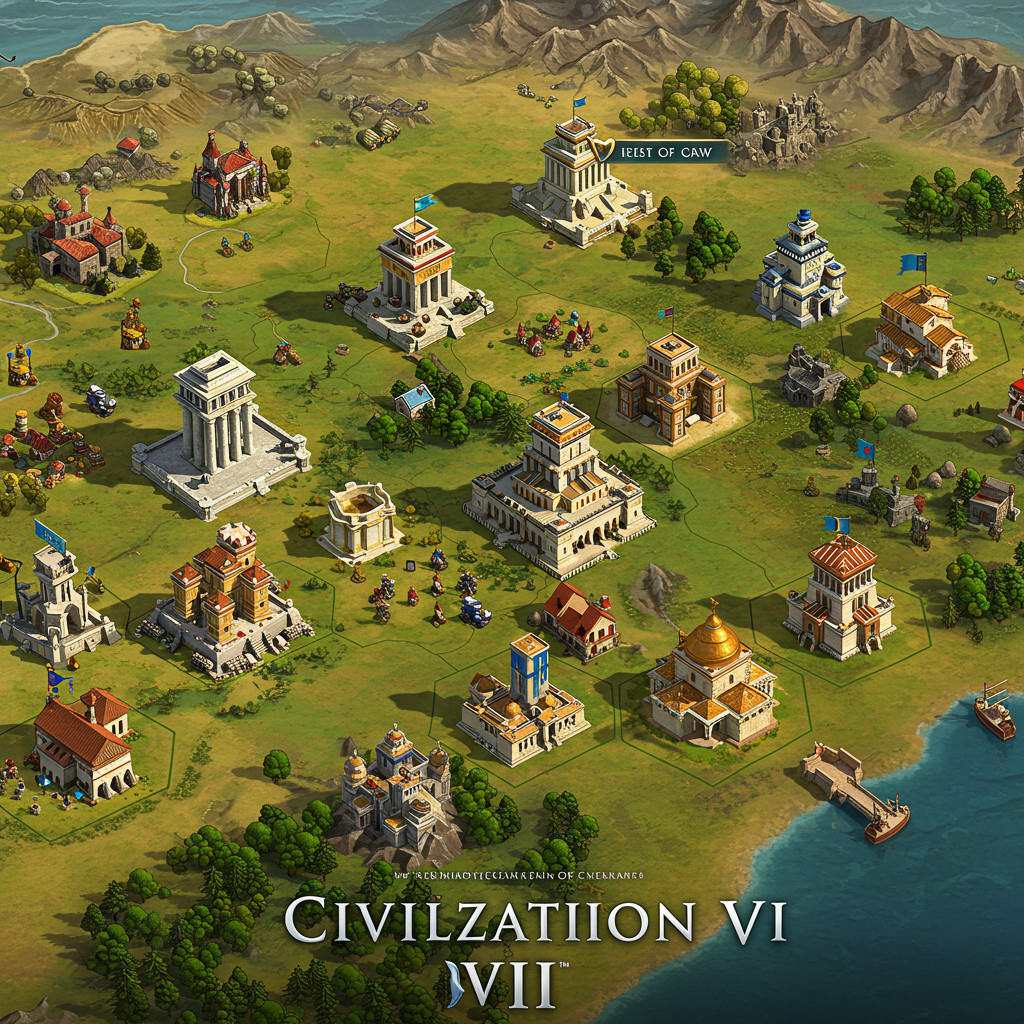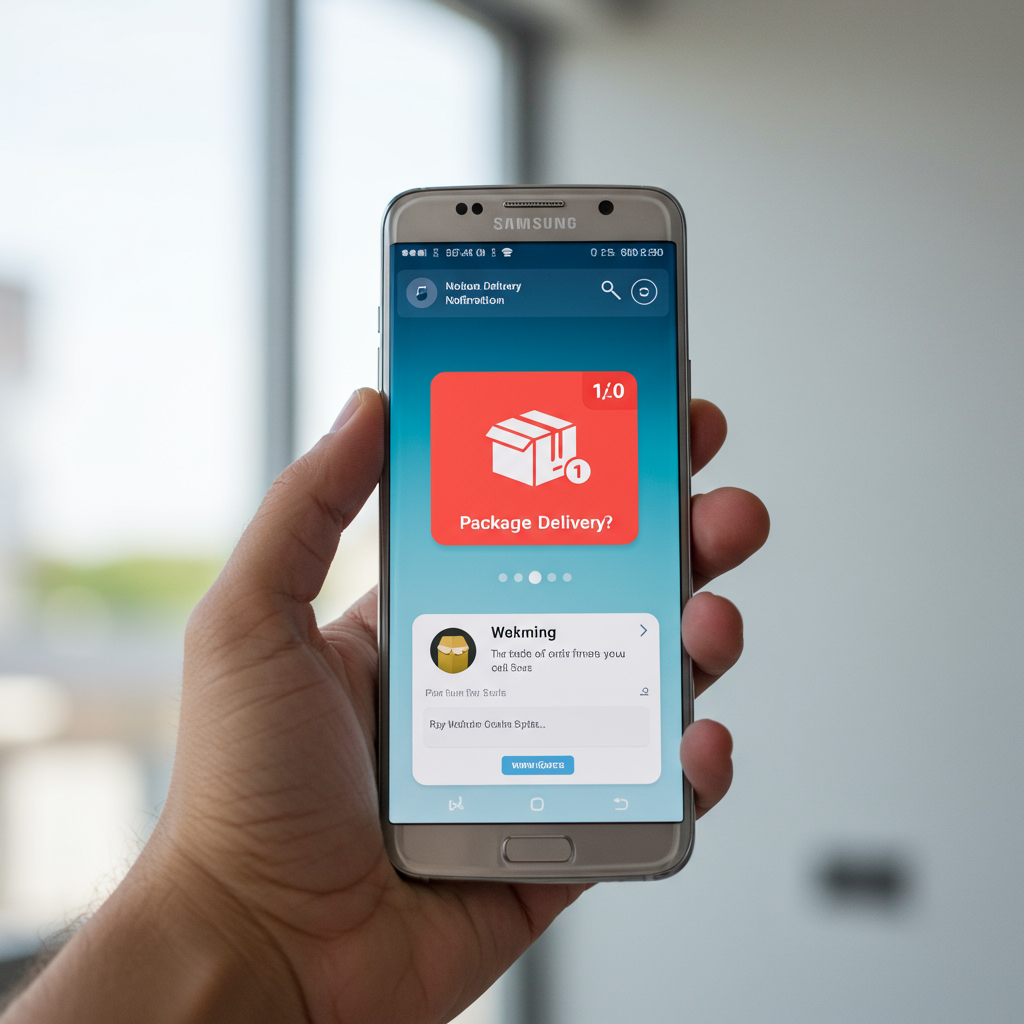A major shake-up is hitting the US mobile market. HMD Global, the company holding the license to produce Nokia-branded phones, has significantly scaled back its operations stateside. This strategic shift effectively signals an end to the direct sale of both Nokia and HMD-branded devices in the United States. For many, this move evokes a sense of déjà vu, raising questions about the future presence of the iconic Nokia name in the competitive American landscape. It feels, for some onlookers, like Nokia might be fading away in the US once more.
HMD Global Exits US Direct Sales Market
Confirmation of HMD Global’s decision came via a statement acknowledging a “challenging geopolitical and economic environment.” While the statement remained somewhat vague, industry watchers interpret this as a polite reference to complex issues. Factors such as increased tariffs, significant regulatory hurdles, and escalating operational costs likely contributed to the difficult operating landscape. Competing directly against giants like Apple and Samsung in the US market presents substantial challenges.
Evidence of this withdrawal is starkly visible. HMD’s dedicated US webstore is no longer functional. Product pages on their website now either lack crucial buying information or feature “Where to buy” buttons that simply don’t work. Although some HMD and Nokia devices might still be found through third-party retailers like Amazon, the company’s direct presence is essentially gone.
Navigating Challenges and Supporting Customers
Despite the significant operational changes, HMD Global has committed to supporting existing customers. The company confirmed it will continue to honor warranty coverage and service for products already sold in the United States. This support will be handled by HMD’s global teams, aiming for a seamless transition for current device owners.
The impact on US employees is also a concern. While HMD’s statement didn’t specify job loss numbers, the company stated its commitment to supporting its US staff through this transition period. The details of this support plan remain under discussion as the company navigates the logistical aspects of its reduced footprint.
The Road to HMD’s US Withdrawal
HMD Global, based in Finland, emerged in 2016. Its formation was strategic, created to purchase the Nokia feature phone business from Microsoft. Microsoft had acquired Nokia’s ailing mobile division just two years prior, in 2014. Crucially, HMD also secured a valuable license to use the Nokia brand name on new smartphones and tablets. Initially, HMD focused on bringing affordable and midrange Nokia Android devices back to market.
Over time, HMD’s strategy evolved. In 2023, the company announced plans to launch products under its own distinct HMD brand. This pivot marked a turning point, with Nokia increasingly relegated to feature phones in many markets. HMD introduced its own branded devices and pursued unique brand partnerships.
A Limited US Presence
The user-repairable HMD Skyline was one example of their own-branded efforts. It gained some attention, notably being one of the few Android phones with Qi2 support upon its launch. Other collaborations included the distinctive Barbie flip phone and the Heineken Boring Phone. However, HMD’s own-branded smartphone presence in the US remained minimal. Only four HMD-branded smartphones ever launched in the US. None have been released there since the modular HMD Fusion debuted in September 2024, even though several other HMD phones have launched internationally during that time. This limited release schedule likely contributed to the difficulty in establishing a strong foothold.
The decision to scale back in the US was perhaps not entirely unexpected. HMD has undergone various internal organizational shifts in recent years. These changes suggested a broader strategic repositioning was underway. The demanding nature of the US mobile market makes success challenging for brands lacking deep ties with major carriers. Significant marketing budgets are also necessary to compete effectively against the established leaders.
The Long Shadow of Nokia’s Past
The perception that HMD’s US scaling back is “killing Nokia all over again” speaks to the brand’s complex history. Nokia was once a dominant force, holding over 40% of the global market share. Its decline began with the rise of the iPhone and Android. Nokia struggled while relying on its older Symbian operating system.
Microsoft’s acquisition in 2013 and subsequent management decisions are often cited as accelerating Nokia’s fall. By discontinuing Symbian development and insisting on the struggling Windows Phone platform, Microsoft effectively steered Nokia away from potential recovery paths, including adopting Android earlier. This period resulted in significant losses for Microsoft and a heavily devalued Nokia brand.
HMD’s Struggle with the Brand
When HMD took over the Nokia license in 2016, there was hope for a revival. Adopting Android was a necessary step. However, HMD has struggled over its nearly eight years with the brand. Critics argue progress has been minimal. More recently, the Nokia Mobile product line under HMD has reportedly narrowed its focus. It has leaned heavily on affordable, sometimes basic, phones. While this strategy might find traction in certain emerging markets, it arguably dilutes the brand’s premium image. Nokia, once a symbol of mobile innovation, became synonymous with cheap devices for some.
Signs of HMD’s diminished status regarding the Nokia brand have been noted at industry events. A report from MWC 2023 highlighted HMD’s presence far from major manufacturers, situated among accessory vendors. This contrasted sharply with Nokia’s prominent, exclusive booths in its heyday. The licensing contract between HMD and Nokia is set to expire in 2026, adding another layer of uncertainty to the brand’s future.
Shifting Focus to Other Markets
With the US market proving difficult, HMD Global appears to be sharpening its focus elsewhere. The company’s full statement mentioned strong momentum across its “mainstream business and key segments such as Family, Secure, and Microfinancing.” This indicates a strategic pivot towards specific market needs and regions where they perceive greater opportunity.
Markets like Europe, India, and parts of Asia and Africa are likely targets. In these regions, HMD’s strategy centers on offering affordable and repairable phones. Devices within the HMD Pulse series exemplify this approach. These models have the potential to differentiate themselves by offering value and longevity. The challenges of the US market, particularly the reliance on carrier partnerships and intense competition, make these alternative global markets more attractive for HMD’s current business model.
Frequently Asked Questions
Why is HMD Global scaling back operations in the US market?
HMD Global stated the decision is due to a “challenging geopolitical and economic environment.” This likely includes factors like increased tariffs, complex regulations, and rising operating costs. The intense competition from dominant players like Apple and Samsung, coupled with the difficulty for brands without major carrier partnerships, makes the US market particularly challenging.
What happens to my existing Nokia or HMD phone warranty and service in the US?
HMD Global has committed to honoring warranty coverage and service for all existing products sold in the United States. Support will be provided through the company’s global support teams. This ensures that current owners of Nokia and HMD devices can still receive service and support despite the change in direct sales operations.
Will Nokia-branded phones ever return to the US market?
HMD Global has ceased direct sales of Nokia and HMD devices in the US for now. While some devices might still be available through third-party retailers, the company’s direct presence is gone. The future of the Nokia brand license with HMD expires in 2026. Whether another company might pick up the license or if Nokia phones will officially return to the US market remains uncertain and would depend on future strategic decisions and market conditions.
Conclusion
HMD Global’s decision to scale back drastically, if not fully exit, the US market marks a significant moment. It highlights the immense difficulty of competing in that region’s entrenched mobile landscape. For the Nokia brand, licensed by HMD since 2016, this withdrawal fuels the narrative of its long, slow decline, particularly in the US. From its peak dominance to navigating Microsoft’s acquisition and now HMD’s strategic refocusing, the brand has faced numerous hurdles. While HMD shifts its attention to more promising global markets, the future availability and relevance of Nokia-branded smartphones in the United States remain highly questionable. This move serves as a stark reminder of how tough it is for even historically significant brands to maintain a foothold against today’s market leaders.




